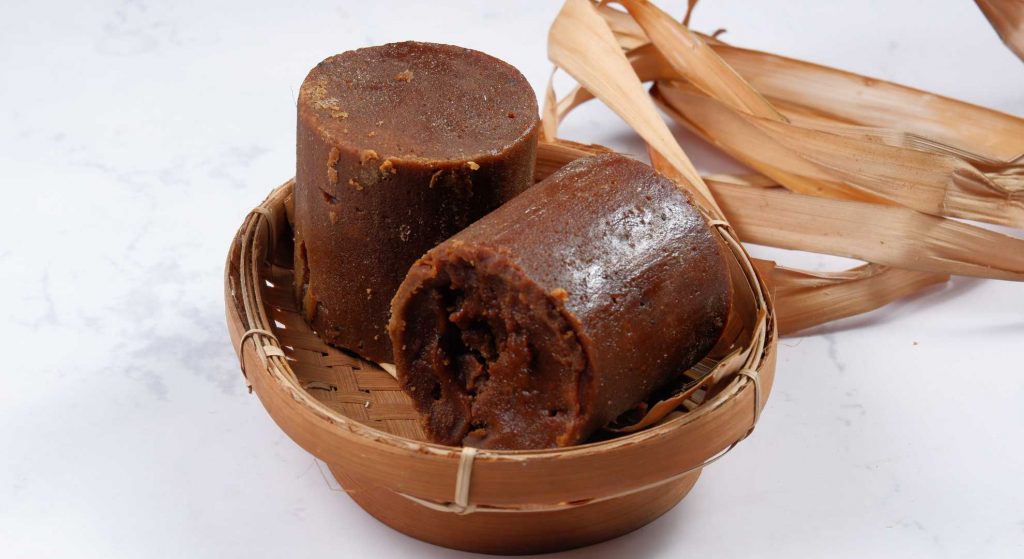Palm sugar, a natural sweetener derived from the sap of various palm trees, has been a culinary gem in many cultures for centuries. This article explores the origins, production methods, nutritional benefits, and diverse uses of this sweet delight.
The Origins: Palm sugar traces its roots to Southeast Asia, where it has been a staple in traditional cuisines. Harvested from the sap of palm trees, including the coconut palm and date palm, the process involves extracting the sap, which is then boiled and reduced to create the rich and caramel-flavored palm sugar.
Production Methods: The production of palm sugar involves a meticulous process that begins with tapping into the palm tree to collect its sap. The sap is then heated to evaporate the water content, resulting in a concentrated syrup. The syrup is further reduced, crystallized, and molded into the distinct shapes and sizes we recognize as palm sugar.
Nutritional Benefits: Unlike refined sugars, palm sugar contains essential nutrients such as vitamins, minerals, and antioxidants. It is a healthier alternative due to its lower glycemic index, making it a suitable choice for individuals managing their blood sugar levels. Additionally, palm sugar is rich in potassium, iron, and vitamins B1, B2, B3, and B6.
Culinary Uses: Palm sugar’s versatility extends beyond sweetness; it adds depth and complexity to various dishes. Commonly used in both sweet and savory recipes, palm sugar enhances the flavors of curries, sauces, desserts, and beverages. Its unique caramel notes provide a delightful twist to culinary creations.


